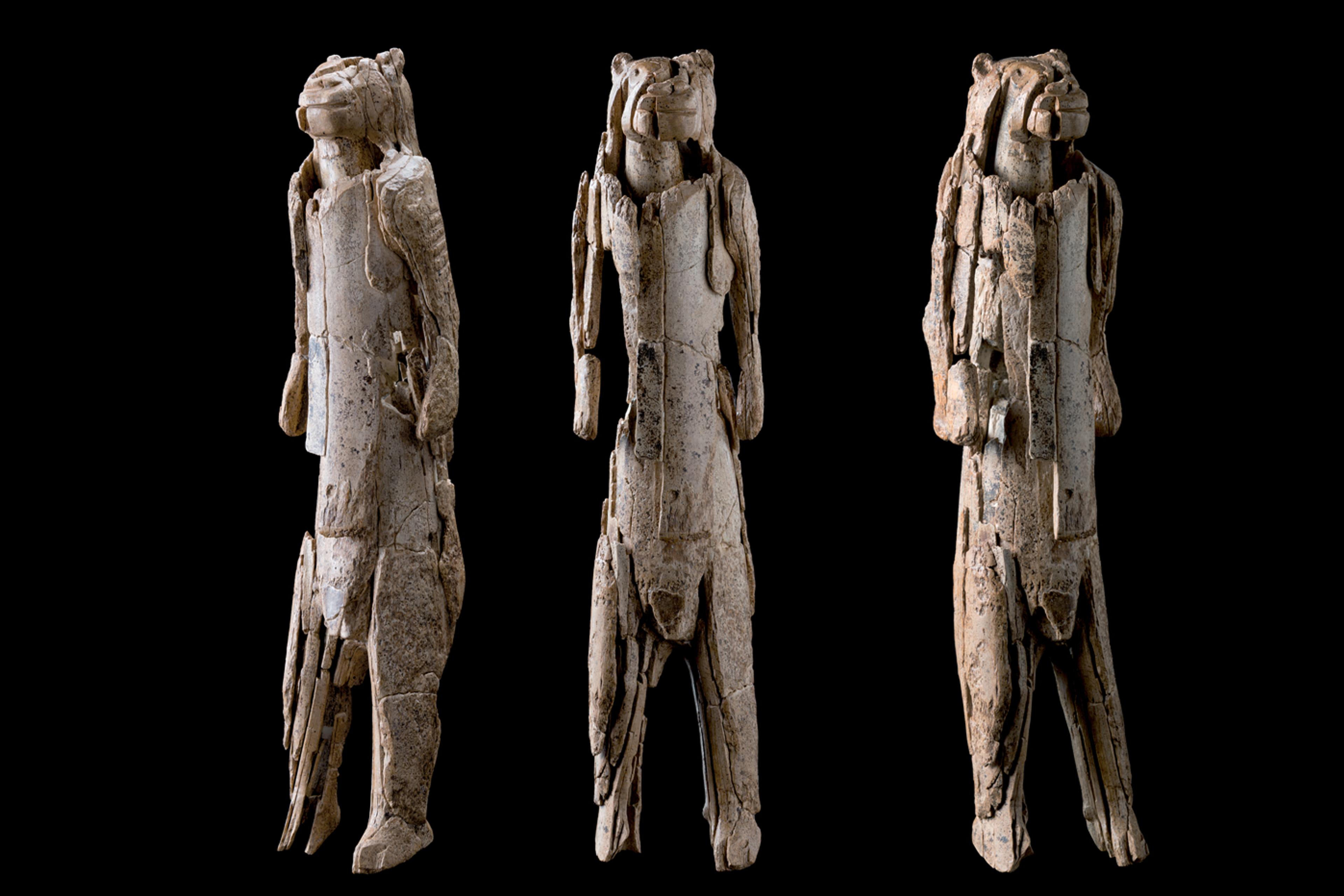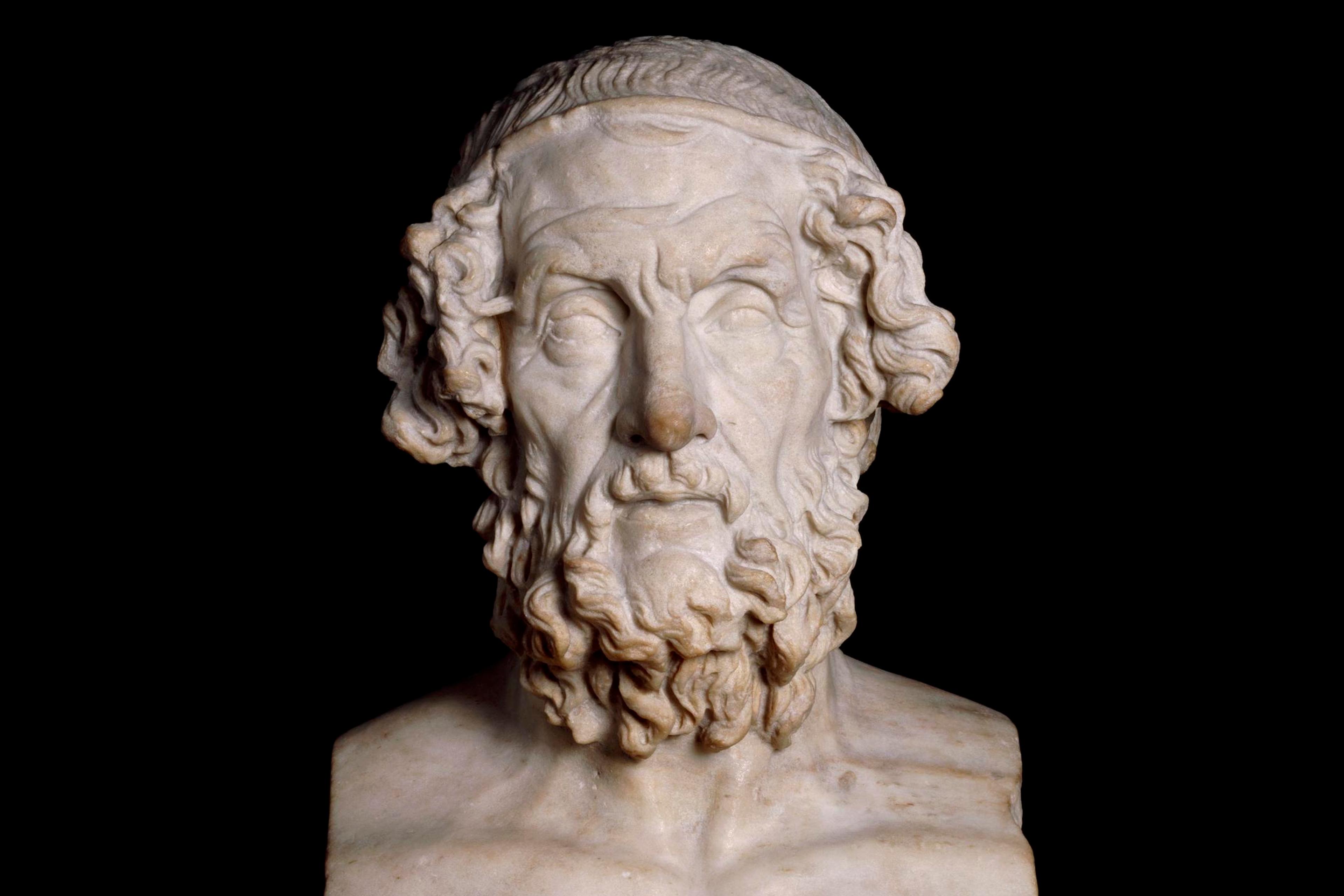Like any other uniquely human ability, imagination is a function of the mind: our creativity is down to us having the kind of mind we have. This means that, if we want to understand how imagination operates, we must trace it to how the mind is structured. Cognitive scientists and philosophers of mind call this structure of the mind cognitive architecture.
The history of this term takes us back to when Alan Turing compared the human mind to a computer. This comparison ushered in the thought that, if computer scientists can make sense of computers in architectural terms, which they borrowed from building designing, then so too can cognitive scientists make sense of the human mind in architectural terms. One way of realising this architectural framework is the boxology approach, which involves drawing boxes and arrows to represent different mental components and how they connect with one another (here is an example: cognitive robotics). The claim, then, is that understanding the place of imagination in the mind involves understanding its place in cognitive architecture.
Though there are many theories about the place of imagination in cognitive architecture, two are worth mentioning here, not least because all others can be traced to them. On the one hand, in their book Mindreading (2003), Shaun Nichols and Stephen Stich argue that some components of our cognitive architecture are dedicated to imagination. For them, imagination is a distinct mental ability like belief and desire, and since those each have cognitive equipment dedicated to them in cognitive architecture, so too does imagination. With such dedicated equipment, we can explain how imagination is used for different ends. For instance, we can explain how imagination can be a source of knowledge, even though it is typically taken to be fantastical in nature. We can say that the imagination-equipment is connected to the belief-equipment such that, by leveraging that connection, imagination can be constrained, thereby leading us to knowledge. After all, being constrained is what distinguishes knowledge from fantasy. While you can fantasise about wildly improbable things, you can’t know wildly improbable things. Put simply, we can explain the epistemic uses of imagination.
On the other hand are the arguments of The Architecture of the Mind (2006) by Peter Carruthers. His main qualm with the view of Nichols and Stich is that it fails to align with the available evolutionary evidence. In Carruthers’s view, it was inevitable that we would become imaginative once we developed language, as imagination is a byproduct of language. In this way, evolution didn’t need to dedicate any cognitive equipment to imagination in cognitive architecture. Imagination is a cognitive spandrel (an evolutionary byproduct) that works by language’s exaptation (the use of an evolutionary adaptation for a new function). Evolution, Carruthers says, has a knack for repurposing pre-existing cognitive equipment rather than starting afresh. Imagination may be co-equal with belief and desire, but that does not mean evolution reserved some equipment in cognitive architecture for imagination.
Carruthers adds that we won’t be sacrificing anything if we accept his view. Since we can use the place of language in cognitive architecture to explain many things about us, and since imagination is a byproduct of language, we can use the place of language to explain the epistemic uses of imagination. In fact, he thinks this way of explaining things would be much more natural than what Nichols and Stich’s view affords. For instance, since language is already connected to the relevant knowledge-forming cognitive equipment, we can just say that imagination can be a source of knowledge even if it is fantastical in nature because those pre-existing connections are precisely what imagination, by being a byproduct of language, uses. We don’t need to panel-beat things to fit our theory of imagination.
But if evolutionary priority matters much in deciding the place of some uniquely human ability in cognitive architecture, then it is unclear why language is not itself a byproduct of some older ability, one that lacks its own dedicated cognitive equipment too. In fact, it is unclear why any distinctively human ability has its own dedicated cognitive equipment. This is precisely what Carruthers says – that all distinctively human abilities build on a basic cognitive architecture that humans share with other nonhuman animals, as they lack their own dedicated cognitive equipment. For instance, he says that many animals have some rudimentary forms of belief, desire or language, and so our sophisticated versions just use the same cognitive equipment with which those rudimentary versions operate. Similarly, uniquely human abilities, like the imagination, use pre-existing cognitive equipment. So all uniquely human abilities are spandrels. While this view ensures that he doesn’t arbitrarily stipulate that only imagination is a spandrel, the view implies that cognitive evolution differs from molecular evolution.
In molecular evolution, genes duplicate when they take on novel tasks, that is, the genetic structure/architecture is rearranged. Scientists identify four processes when a gene duplicates or takes on a novel task, which suggests that evolution doesn’t always just rearrange genetic architecture in such a way that novel genetic equipment isn’t introduced. The processes are ‘conservation’, ‘neofunctionalisation’, ‘subfunctionalisation’ and ‘specialisation’. In conservation, the novel task is not selected at all: the duplicate gene retains only the old task, so it isn’t different from the original gene. In neofunctionalisation, only the novel task is selected, so the duplicate gene is different from the original gene. In subfunctionalisation, the novel task is selected, but it is damaged during the process of (natural) selection, such that the duplicate gene contains a malformed version of the novel task, but it is nonetheless different from the old gene. In specialisation, neofunctionalisation and subfunctionalisation work in concert, leading the duplicate gene to neither retain the old task nor contain the new one, although it is still different from the original gene.
In all these processes, only in conservation is the duplicate gene not different from the original gene. Put differently, in the other three processes – neofunctionalisation, subfunctionalisation and specialisation – genetic architecture is rearranged in such a manner that novel genetic equipment is introduced. For instance, a duplicate gene gets its own unique allele; it doesn’t just use the allele of the original gene. Duplicate genes get their own dedicated genetic equipment.
My point is that cognitive evolution shouldn’t differ from molecular evolution. Since evolution doesn’t always rearrange genetic architecture in such a way that novel genetic equipment isn’t introduced, there is no nonarbitrary reason why evolution must always rearrange cognitive architecture in such a way that novel cognitive equipment isn’t introduced. Why can’t there be different outcomes when cognitive architecture is rearranged in response to a novel task, just as there are different outcomes in the genetic case? Why must the ‘no new cognitive equipment’ view be the only outcome? Why can’t there be other outcomes that allow the introduction of novel cognitive equipment? Why can’t some distinctively human abilities be spandrels and some others not be spandrels? When some cognitive equipment starts being useful in novel ways, it is not farfetched to say that, in order for evolution to select the novel tasks, it rearranged cognitive architecture in such a way that some novel cognitive equipment was introduced, and that the introduced equipment is dedicated to the operation of the novel tasks. The precedence of molecular evolution gives this view credibility.
Though more work needs to be done, I think this is the best picture for the place of imagination in cognitive architecture. One reason is that imagination is perhaps the primary differential between humans and nonhuman animals – with it, we have been able to transform our world in ways that nonhuman animals haven’t been able to transform their environment – such that saying it operates by utilising the pre-existing language connections doesn’t preclude nonhuman animals from also being imaginative, since some rudimentary form of language is present in many animals. Another reason imagination isn’t a spandrel is that, if imagination does indeed use the pre-existing language connections, then the fact that language is by necessity constrained would jeopardise the fantastical nature of imagination. You can’t just concatenate unrelated words to form meaningful sentences. Not that you can’t – you can if you set out the time for it – but you can’t do so at will. If so, then if imagination uses the pre-existing language connections, it would follow that we can’t just imagine at will, which is false. We can imagine whatever we want at will. If so, then even though we can nicely explain how imagination can be atypically constrained with Carruthers’s view, we sacrifice what imagination is known for, which is that it is typically unconstrained. Saying that imagination is one such novel task for which evolution carved out novel cognitive equipment in order to write it into our cognitive architecture helps us to sidestep this worry. ‘Carved out’ would have to be clarified, however.
For one, it would have to cater to both the typical and the atypical features of imagination. It would have to account for how imagination can be a source of knowledge while still being fantastical in nature. But this is implied – it is precisely why the novel cognitive equipment needed to be carved out in the first place. For another, ‘carved out’ must not imply preplanning, as evolution doesn’t plan ahead. But this also won’t be much of a challenge. Again, we find precedence in molecular evolution. All the aforementioned four processes of gene duplication and functional diversity occur over several years, indicating that the involved selection is repetitive. Evolution doesn’t select anything once and for all! We can say then that, when some cognitive equipment starts to be repeatedly useful in a novel imaginative way such that the selection of the novel utility relies on introducing novel cognitive equipment into cognitive architecture, the cognitive equipment was carved out as imagination repeatedly demonstrated its utility. Carving out the cognitive equipment took as much time as the selection of imagination took.
In sum, the way forward is to take relevant aspects of both the view of Nichols and Stich, and the view of Carruthers. Such a hybrid picture will enable combining the explanatory powers of both views. We will be able to get a handle on one of the most elusive abilities we possess distinguishing us from other animals. After all, if we can’t trace its functionality to how our mind is structured, then perhaps we have no such ability; perhaps what we call ‘imagination’ is, at best, just our mind misfunctioning or, at worst, playing tricks on us. But thankfully, we can so trace its functionality. Not just that, but we can also advance our understanding of how our mind is structured along the way.








